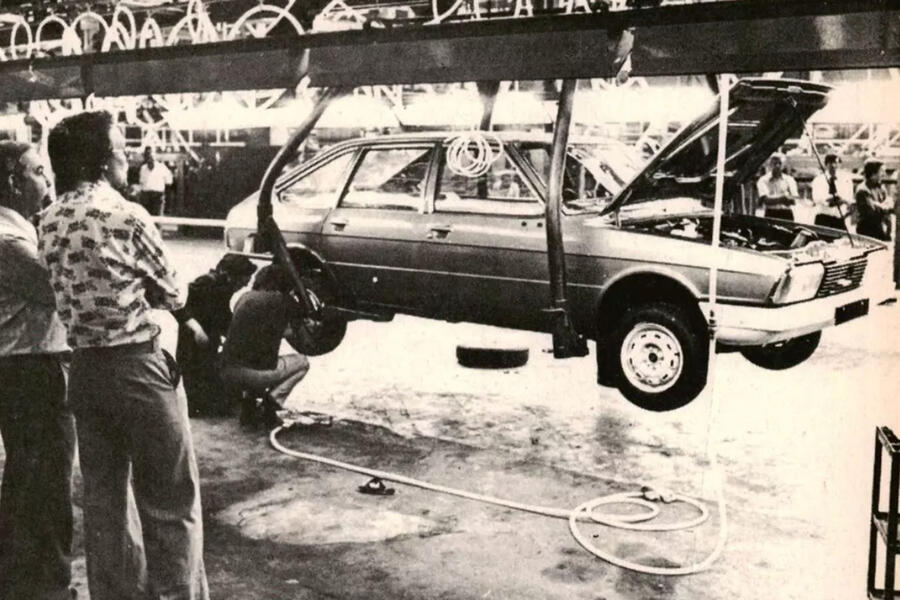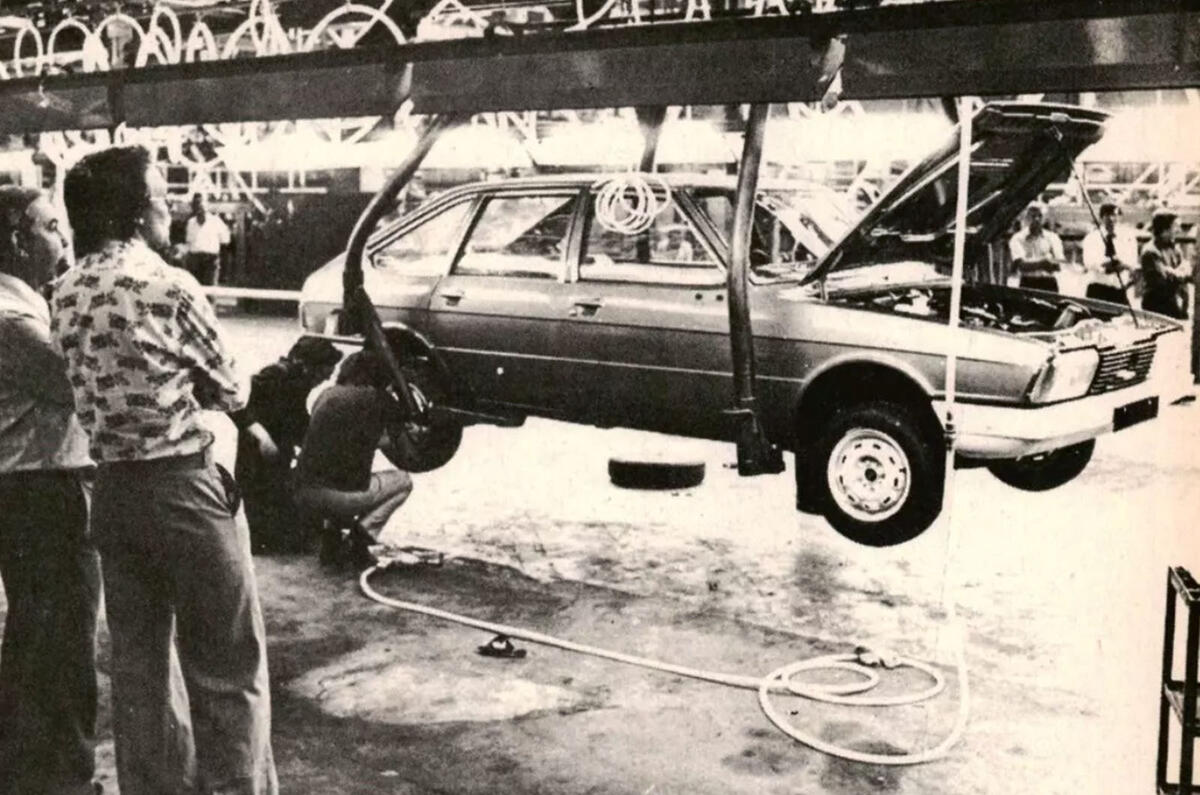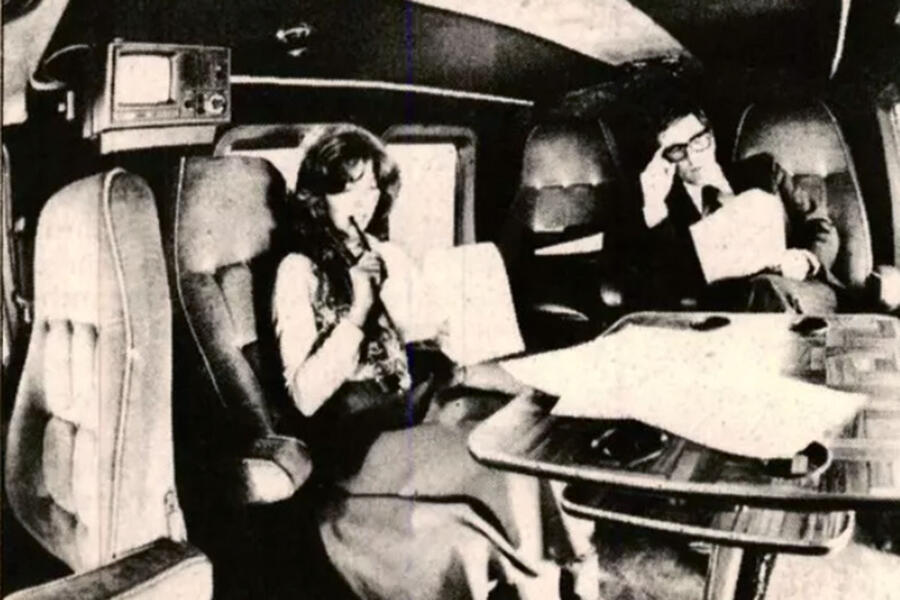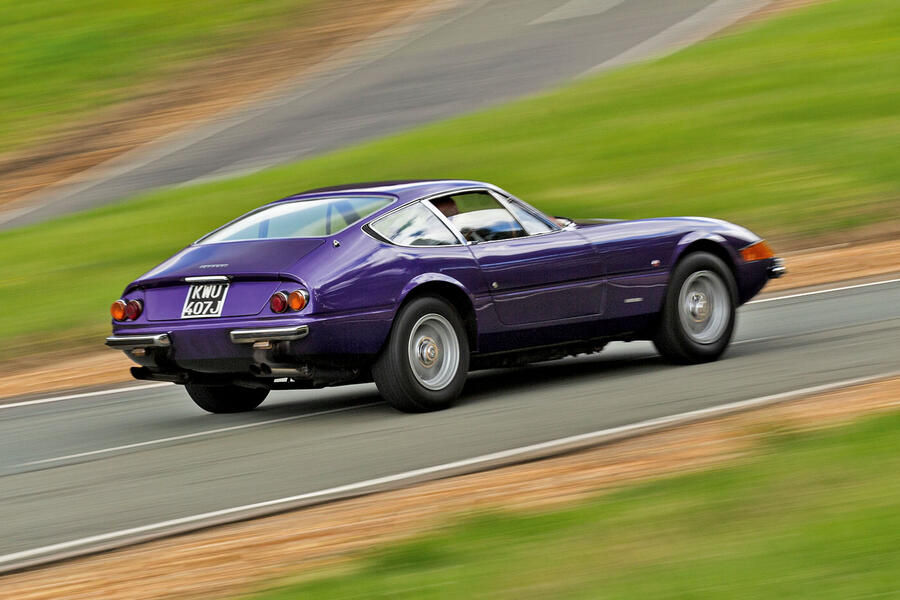Recently, Volvo pulled all its estate (and saloon) cars from sale, citing the greater popularity of SUVs – news that caused some sorrow, given the Swedish firm built its reputation on such cars.
The legend began with the 145 in 1967. Around 268,000 145s had been made by 1974, when it was developed into the 245/265. The latter was notable as Volvo’s first six-cylinder estate, and four years later we tested it in new high-end (£7598, or £39,520 now) GLE form.
The 2.7-litre V6, co-developed with Peugeot and Renault, wasn’t too quiet or smooth and gave only leisurely performance (140bhp) and fair MPG (19.6). At least the manual gearbox was slick.
The ride didn’t impress either, absorbing big undulations well but jolting over everyday bumps.
It cornered in a dignified manner but rolled when hustled, while its vague, rubbery steering didn’t fill us with confidence.
We had few complaints about the comfort in front or back and appreciated the seatbelts, but the dash was an unsightly jumble of rectangles and scattered switches.
Its big asset, then, was its very generous stowage compartment.
Indeed, it was prodigious space that won the Volvo our preference over rivals like the Datsun 260C and Ford Granada, despite its merely tolerable road behaviour.
Evidently it was enough to woo the public, as the 200-series lived all the way up to 1993, with 2.86 million examples produced.
Chrysler makes shock withdrawal from Europe
Chrysler’s revelation “out of the blue” that it was offloading its interests in Europe and PSA swooping in on them was the “motoring bombshell of the year”.
The American giant had taken control of France’s Simca in 1963, Britain’s Rootes Group (Hillman, Humber, Singer and Sunbeam) in 1964 and Spain’s Barreiros in 1969, bringing them all under the umbrella of Chrysler Europe, but it had failed to rationalise and suffered poor sales, due to a combination of an uncompetitive range and industrial action at Ryton (pictured) and Linwood.















Add your comment